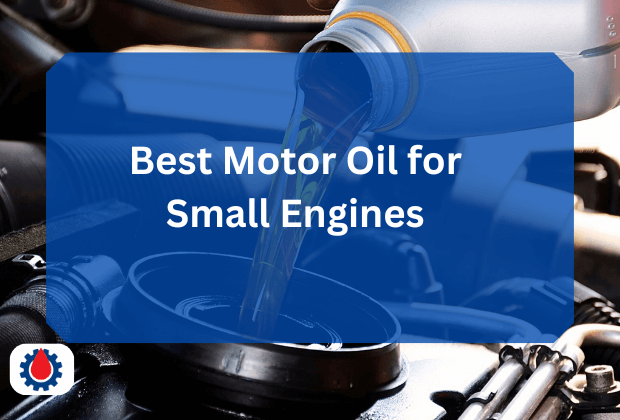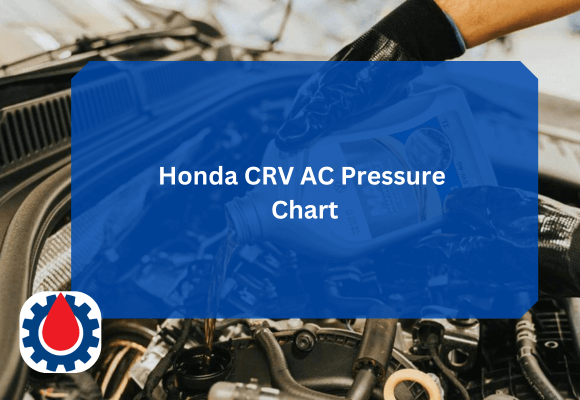Running a small engine, like a lawn mower, generator, or snowblower, demands the right oil for optimal performance and longevity. The most common type is the 4‑stroke engine with separate oil and fuel systems. Synthetic blends and full synthetics offer enhanced thermal stability and reduced engine wear, benefits echoed by mechanics and hobbyists alike
Here are the top 5 oils.
Best Motor Oil for Small Engines
1. STP Premium Synthetic Blend 4‑Cycle Small Engine Oil (SAE 10W‑30, 32 oz)
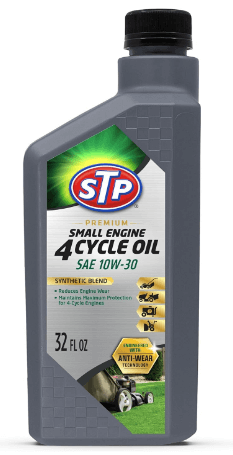
Why it’s a go‑to:
A high‑value, all‑weather synthetic blend specifically formulated for small engines, ideal for lawn mowers, generators, snow blowers, and more.
Features:
- Synthetic blend ensures smooth cold starts and temperature resilience.
- API SJ certification meets OEM specs
- Anti-wear additives extend engine life
- Detergents keep engine components clean
- 32 oz packaging is just right for a single oil change
2. Briggs & Stratton SAE 5W‑30 Synthetic Small Engine Oil (32 oz)

Why it stands out:
A trusted brand in small engines, this full synthetic 5W‑30 boosts performance in cooler climates and under heavy loads.
Features:
- Full synthetic for temperature extremes
- Optimal cold flow for easier starts
- High detergent content for engine cleanliness
- Compact quart packaging is ideal for frequent use
3. Honda 10W‑30 Small Engine Oil (32 oz, Pack of 2)

Why it’s recommended:
OEM-matched and ideal for Honda small engines, but excellent for any four-stroke gasoline engine.
Features:
- OEM-approved formulation
- 10W‑30 strikes balance for diverse climates
- Prevents emitter wear and deposit build-up
- Pack of two bottles offers extra value.
4. John Deere Turf‑Gard SAE 10W‑30 Oil (1 qt / 2 qt bottles)
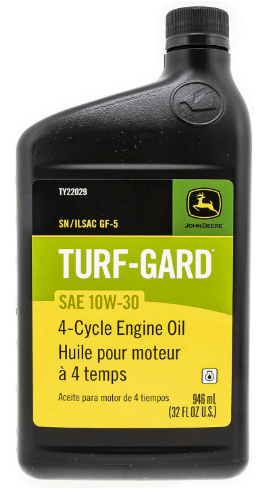
Why it’s great:
Standard small-engine oil for John Deere equipment—versatile across pushes, tractors, and outdoor gear.
Features:
- Engineered for small 4-cycle engine performance
- Ideal mid-range viscosity
- Trusted OEM quality
- Available in single or twin packs
5. Kohler 10W‑30 Synthetic Blend Small Engine Oil (Quart)
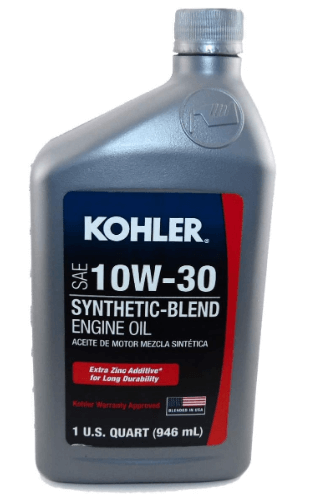
Why it’s reliable:
Designed specifically for Kohler small engines, but works well in many others, offers synthetic blend advantages at good value.
Features:
- Synthetic blend provides temperature resilience.
- Contains additives to reduce wear and deposits
- Quart size for occasional oil maintenance
- Cost-effective per quart
Related 4 Cycle Engine Oil(Top 5 Best Oil 2025)
Tips for Choosing the Right Oil
- Check your engine manual for viscosity specs, most small 4‑stroke engines require straight SAE‑30 or a multi-grade after 50°F
- Temperature matters: Use lightweight (5W‑30) for freezing conditions and SAE‑30 or 10W‑30 in warmer climates.
- Synthetic vs. conventional: Synthetic options deliver better protection and less wear, especially in high-heat and hard-use scenarios, even in small air‑cooled engines
- Change regularly: Stick to every 50 hours per season or 100 hours for riding models; clean oil matters more than brand.
Related Universal 2 Cycle Engine Oil(Top 3 Best 2025)
FAQs
Which engine oil is best: 10W‑40 or 20W‑50?
It depends on your engine type and climate:
- 10W‑40: Thinner, flows better in colder temperatures, suitable for most modern engines.
- 20W‑50: Thicker, ideal for older engines or in hot climates where oil thinning is a concern.
Verdict: Use 10W‑40 for better cold starts and fuel economy; 20W‑50 for high-heat or high-mileage engines.
Which engine oil is better: 5W‑30 or 5W‑40?
Both have the same cold-start viscosity (5W), but:
- 5W‑30: Slightly thinner at operating temperature; improves fuel efficiency.
- 5W‑40: Thicker at high temps; better for turbocharged or high-performance engines.
Verdict: Use 5W‑30 for typical small engines or better fuel economy; 5W‑40 for high-stress engines or extreme heat.
Related Germany Oil for Motorcycle Engines(Top 7 Best Brands)
What is the difference between 5W‑30 and 10W‑30 motor oil?
- 5W‑30 flows better in cold starts.
- 10W‑30 is a bit thicker when cold, but nearly identical at operating temperature (30 weight).
Verdict: Choose 5W‑30 for better cold-weather performance; 10W‑30 for warmer climates or slightly older engines.
Which engine oil lasts longer?
Full synthetics last the longest, up to 7,500 to 10,000 miles between oil changes. They resist breakdown, protect better at high temperatures, and keep engines cleaner than conventional oils.
Verdict: Full synthetic oils like 5W‑30 or 10W‑30 typically last the longest.
Which oil is better: 5W‑30 or 10W‑40?
- 5W‑30: Excellent for fuel efficiency and cold starts.
- 10W‑40: Better suited for older engines with wear or hotter climates.
Verdict: Use 5W‑30 for modern engines; and 10W‑40 for older engines that need thicker protection.
Which engine oil is best for performance?
5W‑40 full synthetic is often preferred for performance engines due to:
- High-temperature stability
- Better protection at higher RPMs
- Resistance to viscosity breakdown
Brands like Mobil 1, Royal Purple, or Castrol EDGE 5W‑40 are top choices for high performance.
Is thicker oil better for older engines?
Yes, thicker oils like 10W‑40 or 20W‑50 can help compensate for engine wear by:
- Reducing leaks and burning
- Enhancing film strength
- Improving compression

